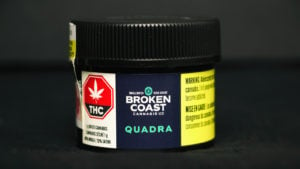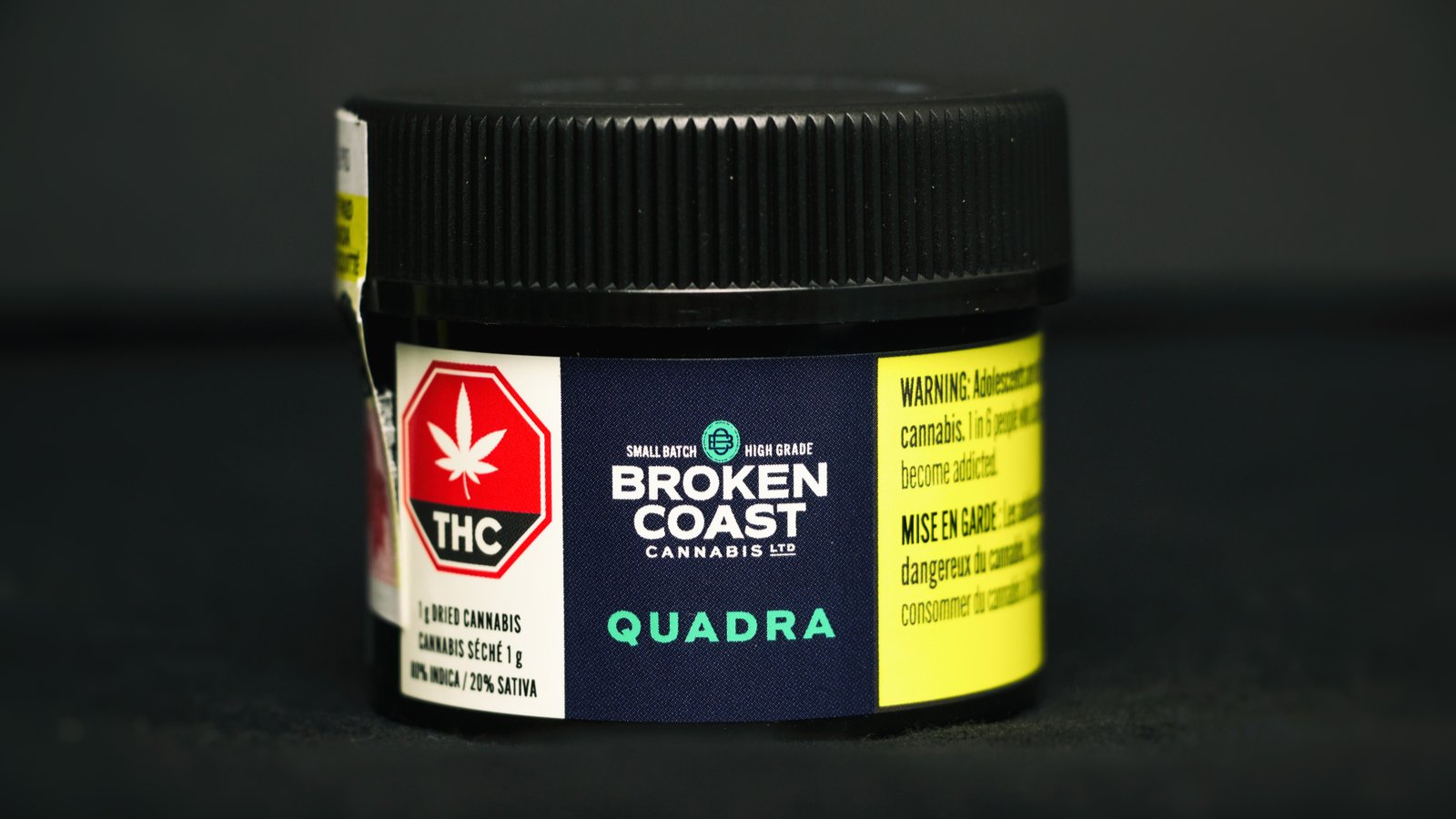Canada-based marijuana producer Aphria (NYSE:APHA) has been rather volatile so far in the new year. When the company released its Q2 FY2020 (ended in November) results on Jan. 14, investors were not impressed and Aphria stock sold off about 8% initially to hit a recent low of $4.87.

In the second half of the month, Aphria stock has recovered and is now hovering around $5.5. Nonetheless, year-to-date, the shares are down about 20%.
Now investors are wondering if Aphria can make a comeback in 2020 to see the 52-week high of 10.95 reached in early February 2019. Like many other cannabis stocks, Aphria faces various operational and market-related challenges. Therefore, I’d urge investors to do plenty of due diligence before committing new capital into the shares.
APHA Stock’s Q2 Earnings Raised Eyebrows
In Canada, Aphria has three subsidiaries, i.e., Aphria One, Aphria Diamond, and Broken Coast to produce marijuana. The company has also signed supply agreements with all provinces and the Yukon territory in Canada Cannabis.
The group has three key target markets:
- Canadian Consumer (i.e., retail recreational)
- Canadian Medical
- International Medical
On Jan 14, in line with expectations, the company reported a per-share loss of -2 cents. However, revenue of $92.38 million was below the estimate of $99.43 million. Investors are understandably spooked by the fact that total revenue has been declining quarter after quarter.
Net loss was -$6.07 million; a year ago, the company had reported a net income of $41.95 million.
Analysts were especially concerned when Aphria reduced its revenue forecast for fiscal 2020 substantially, mainly due to the slow rollout of retail stores in Ontario, Canada’s largest province. Ontario is yet to approve dozens of retail store licenses. And the delay in approval impacting the top line for Aphria.
Also, Aphria has had a revenue decline in Germany, where the government has changed the previously generous insurance reimbursement policy for patients of medical marijuana. Therefore, the operations of CC Pharma GmbH, Aphria’s German subsidiary, have also been affected. Going forward, that low margin business is not likely to contribute much to APHA stock price.
The quarterly results once again confirmed investors’ understanding that in Canada, both APHA and peers need to gain market share in this increasingly saturated legal marijuana market.
Bursting of the Cannabis Bubble
Stocks operating mainly in the legal marijuana industry in Canada have now been in a multi-year downtrend. This recent weakness in the industry corresponds with the longer-term trend of Aphria stock price. By early 2018, APHA shares saw an all-time high of $19.87.
As anticipation built among investors while Canada legalized recreational marijuana in October 2018, pot companies became some of the hottest stocks to buy. Shareholders were euphoric.
However, now, Aphria trades around $5.5. It is therefore only appropriate to ask where the stock price might go from here. There are important fundamental issues behind this underperformance.
Cannabis is an agricultural commodity that is affected by demand and supply issues. Since legalization, the Canadian cannabis industry has experienced slower-than-expected growth.
There is still a resilient black market that will not disappear any time soon. Analysts are not yet convinced that the recent legalization of cannabis derivatives and edibles will be enough to reduce the growing supply glut. Aphria’s Q3 ends at the end of February. Therefore, actual numbers from the initial sales of derivatives and edibles may not come out until the next earnings expected in April.
Pot production is also is capital-intensive, requiring these firms to make substantial initial and ongoing investments.
Outside of Canada, there is no demand for recreational pot. In the U.S., cannabis is illegal at the federal level — a fact that is not likely to change any time soon. Finally, medical cannabis sales worldwide are limited.
2019 also saw many headlines on vaping-related illness both in Canada and the U.S. In terms of vaping products, there are different rules on sales as well as advertising across Canada. Nova Scotia has recently announced that as of April the province will be the first to ban flavored vaping products. The patchwork of regulations adversely affects Aphria and peers.
These pot companies are fighting an uphill battle in an industry where there are various trials and tribulations.
The Bottom Line on Aphria Stock
In 2020, in general, I expect most marijuana stocks, including Aphria, to post “so-so” quarterly results. Although APHA share price has improved in the second half of January, I am not yet regarding it as the start of an up move to get excited about. There is not likely to be any new positivity within the cannabis sector in the near future.
As the pot bubble is no more, investors will have to fully focus on fundamentals to spot an opportunity to invest in cannabis businesses at reasonable valuation levels. Shareholders have to pay attention to balance sheets, earnings, and visibility.
However, unless the U.S. legalizes cannabis at the federal level, these stocks’ fundamentals may not necessarily improve much. Thus relying on exports is not viable for Aphria or any other pot business.
Therefore, I’d encourage investors to study the market realities and company specifics before buying in. The company will need a strong catalyst to make it attractive in the eyes of many long-term investors. Until then, the shares are likely to be highly volatile.
On a final note, it is likely that the legal marijuana industry in Canada will start to consolidate. If Aphria were to become a takeover target, then the stock price could possibly see double-digits again. In early 2020, I’d keep APHA stock and the industry on my watch list.
As of this writing, the author did not hold a position in any of the aforementioned securities.
